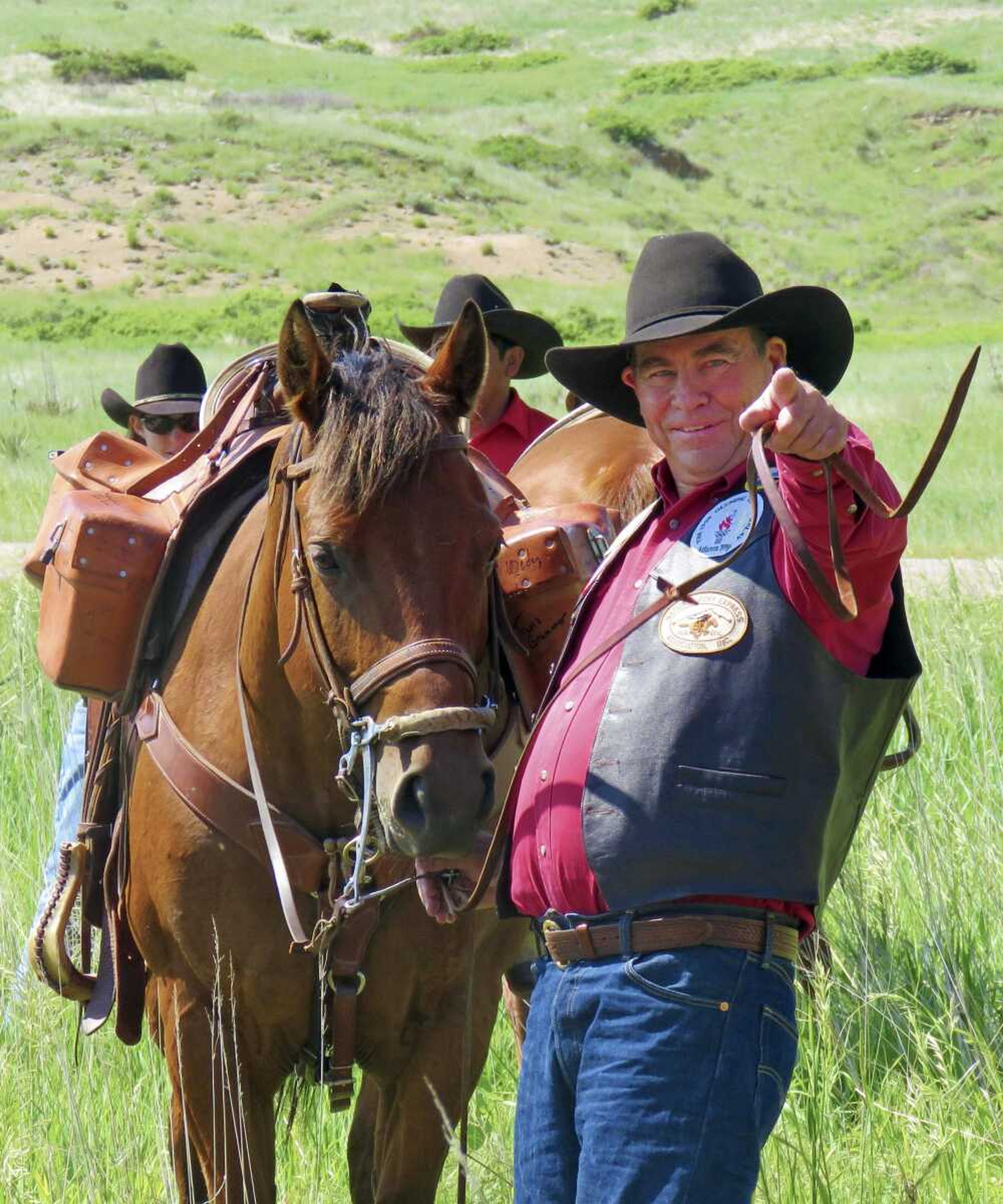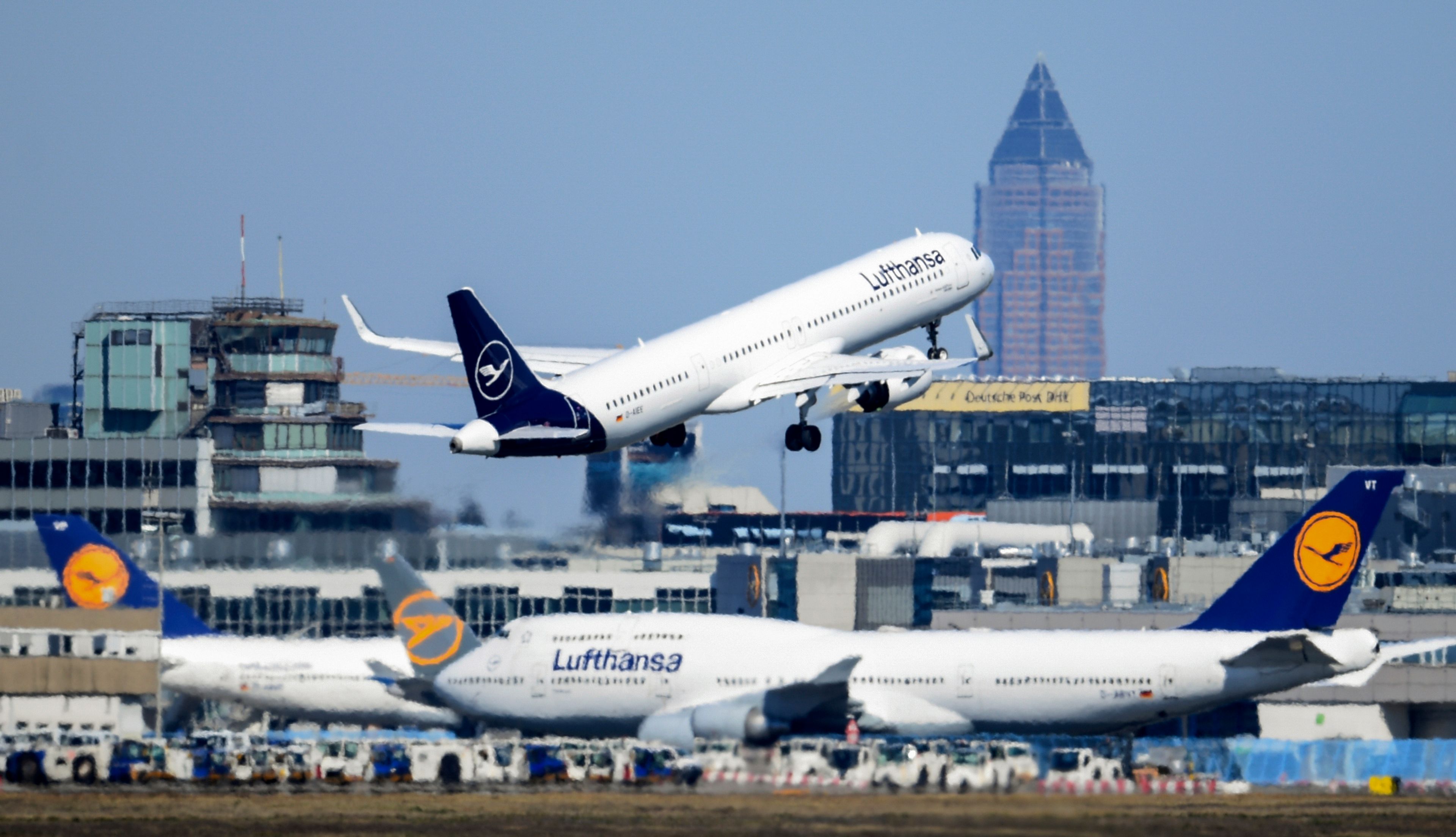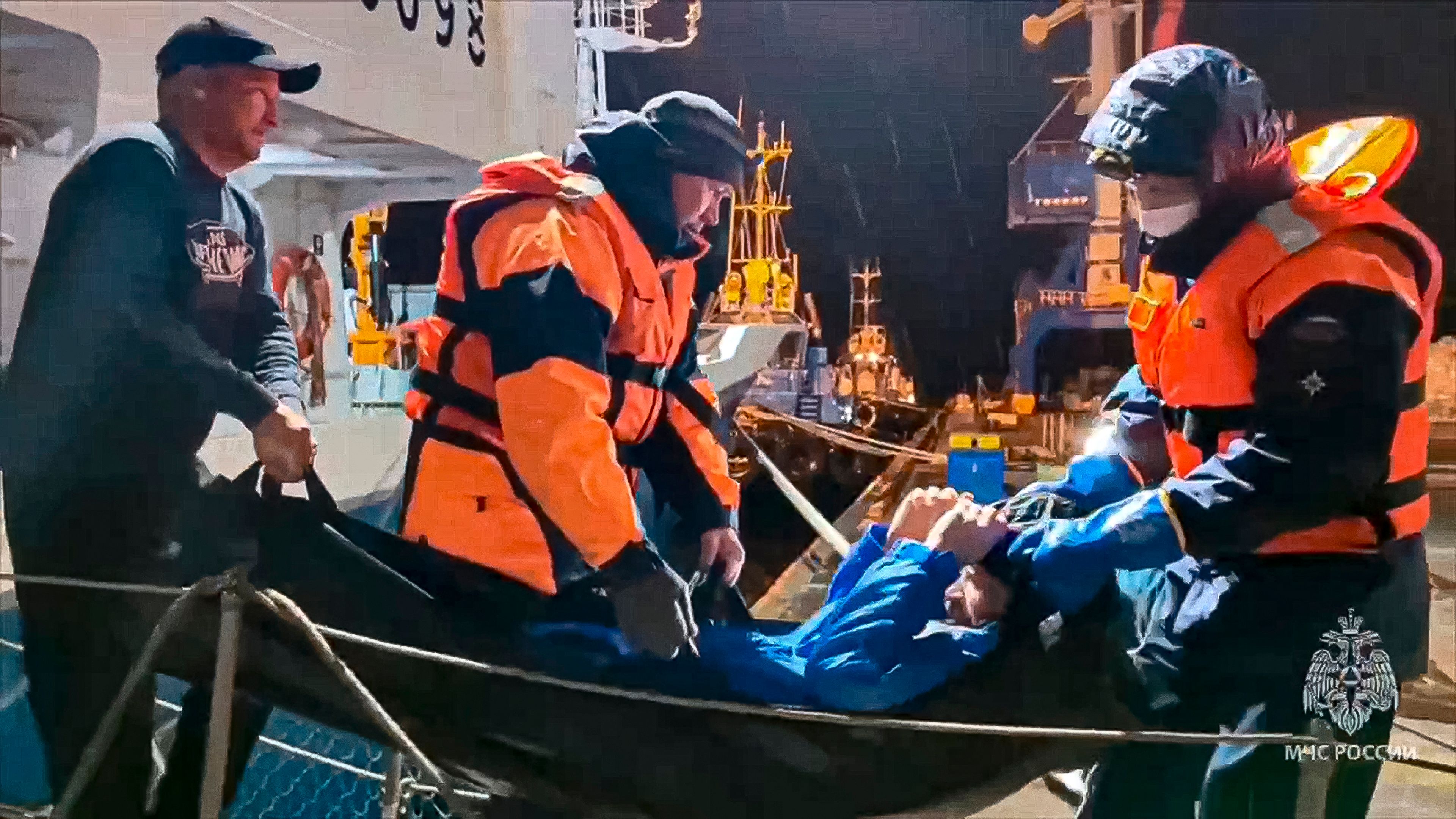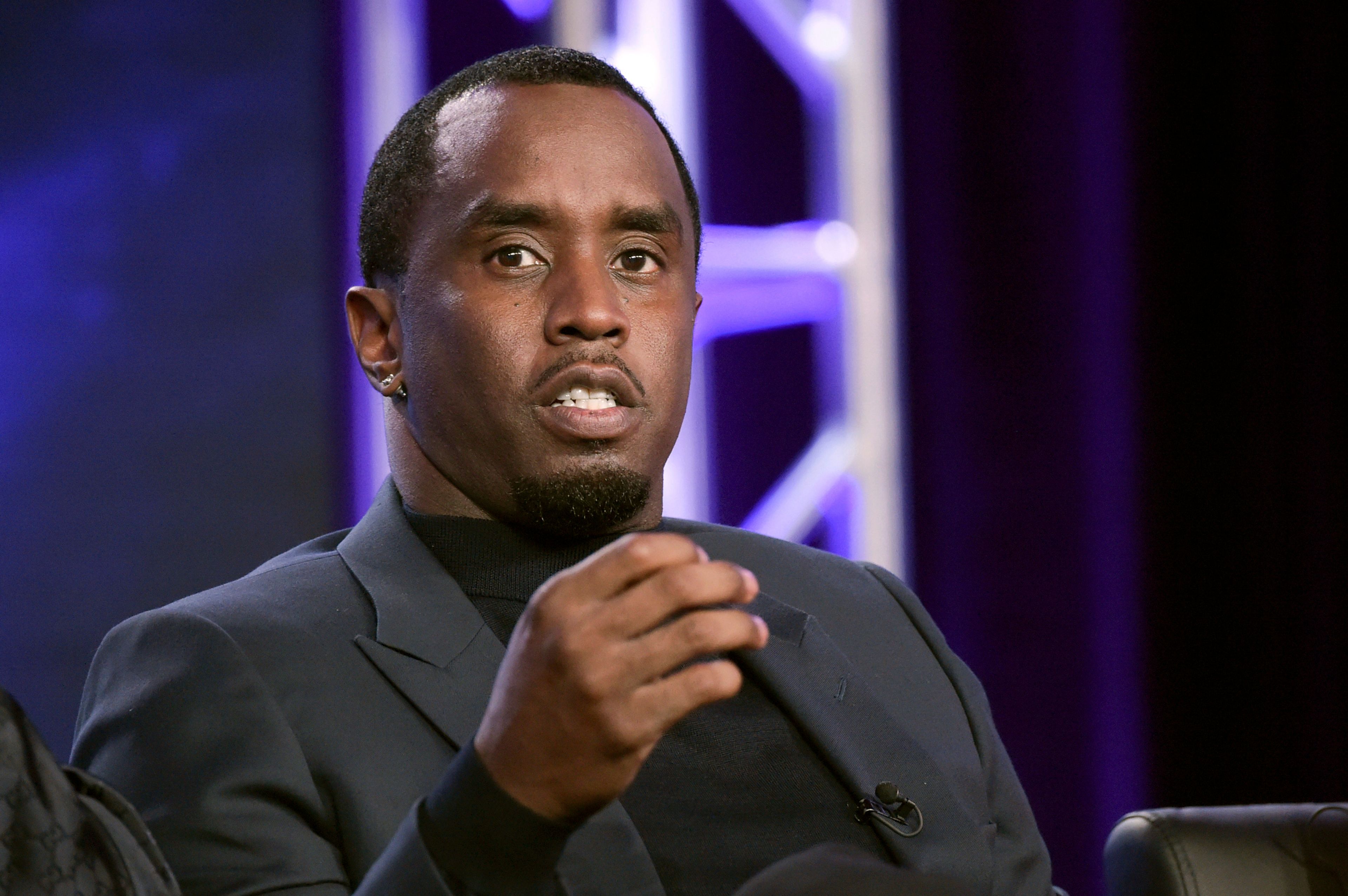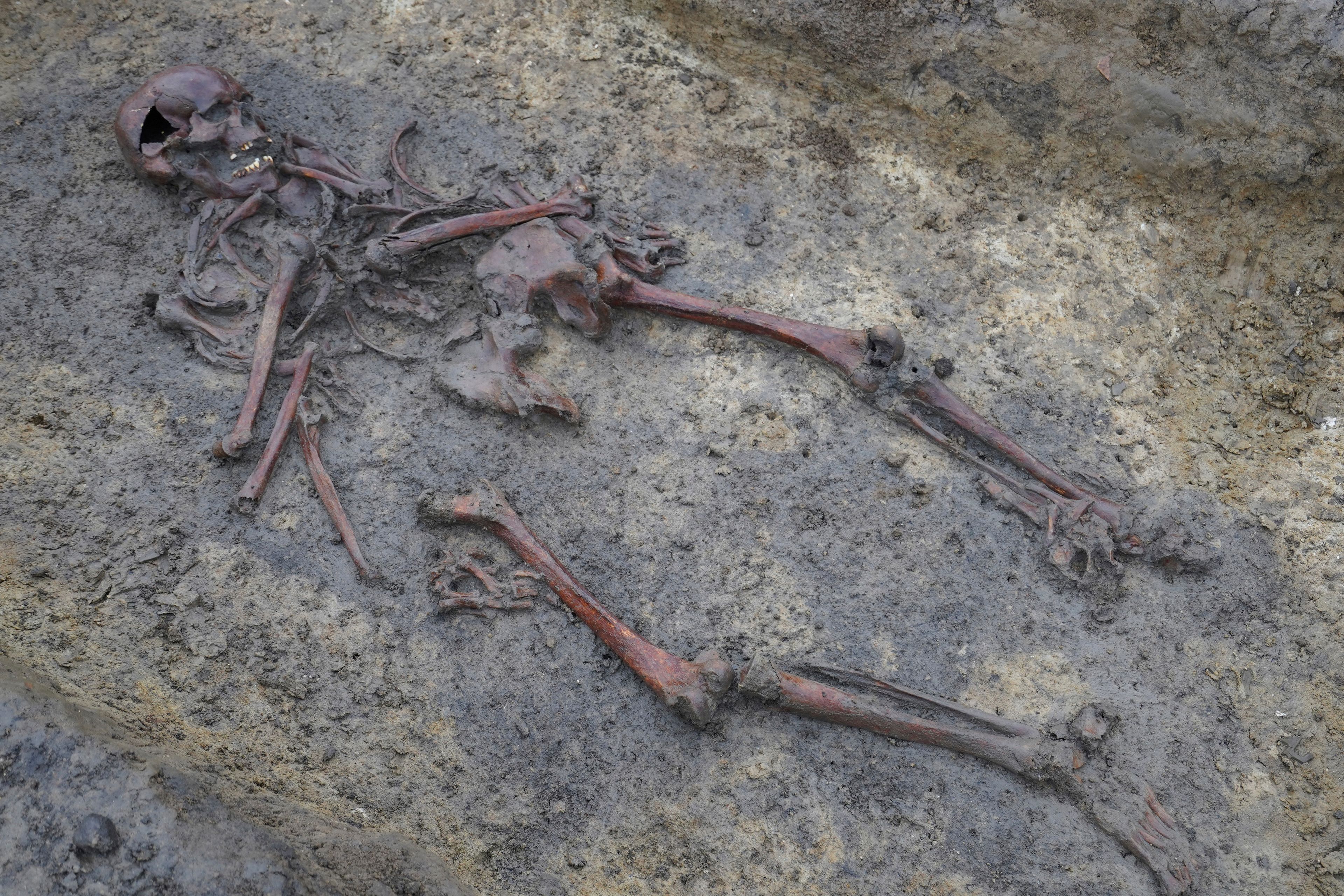Missouri bicentennial: Pony Express — memorable, but short-lived
When this reporter was a child, his late grandfather sometimes used an expression directly tied to the nation’s brief experiment known as the Pony Express. When a car passed him on an interstate highway at a high rate of speed, he was heard to remark, “That guy is really carrying the mail!” Months before Abraham Lincoln was elected as 16th U.S. president, a Missouri freight company, Russell, Majors and Waddell, had an idea for more rapid delivery of mail between the Show Me State and California. ...
This is the fifth of a series of articles with Kellerman Foundation for Historic Preservation board chairman Frank Nickell, an emeritus faculty member of Southeast Missouri State University, commenting on Show Me State history on the 200th anniversary of Missouri being received as America’s 24th state in 1821.
When this reporter was a child, his late grandfather sometimes used an expression directly tied to the nation’s brief experiment known as the Pony Express.
When a car passed him on an interstate highway at a high rate of speed, he was heard to remark, “That guy is really carrying the mail!”
Months before Abraham Lincoln was elected as 16th U.S. president, a Missouri freight company, Russell, Majors and Waddell, had an idea for more rapid delivery of mail between the Show Me State and California.
In 1860, there was not yet telegraph service nor train service to the West Coast.
For years, the mode of transport for mail was by overland stagecoach, which in the 1840s took 30 days or more to arrive at its final destination.
“The Pony Express was one of the most romantic stories of the 19th century,” said Nickell, noting mail carried for 1,900 miles by a series of horsemen riding at high speeds could reach California’s capital, Sacramento, in 10 days.
“Pony Express riders had to be brave and daring, because they had to travel through some of the roughest sections of the American West,” he added.
In the venerable historian’s opinion, a Pony Express rider needed all the gumption of a jet pilot or an astronaut, as he traversed into unknown territory filled with multiple dangers.
According to the State Historical Society of Missouri, 500 horses were purchased, attendants were hired for 190 stations along the route and 80 lightweight riders, all young men, hired on for the Pony Express.
The riders, according to www.missouri2021.org, could weigh no more than 125 pounds.
The riders were expected to follow a strict code of conduct, Nickell said.
“No profanity, no alcohol, no fighting, and the men were expected to behave ‘humanely and kindly,’” he said.
The first Pony Express journey set out April 3, 1860, from St. Joseph, Missouri, but the enterprise was out of business within 19 months.
The service, according to the historical society, was highly subsidized but sustained financial losses.
“Part of the problem was the price,” said Nickell, noting it cost $5 to deliver a half-ounce of mail, a princely sum in the antebellum era.
“The average person could not afford to use the Pony Express,” he said, with most mail being newspaper reports, government dispatches and business documents.
By the end, the price reportedly had dropped to $1 per half ounce, but even that fee was considered expensive.
The development that brought an abrupt halt to the ambitious service was the completion of the transcontinental telegraph line in October 1861.
Train service to the West Coast was made possible by the finish of the first transcontinental railroad in 1869.
“The Pony Express, purely and simply, was no longer needed,” Nickell said.

